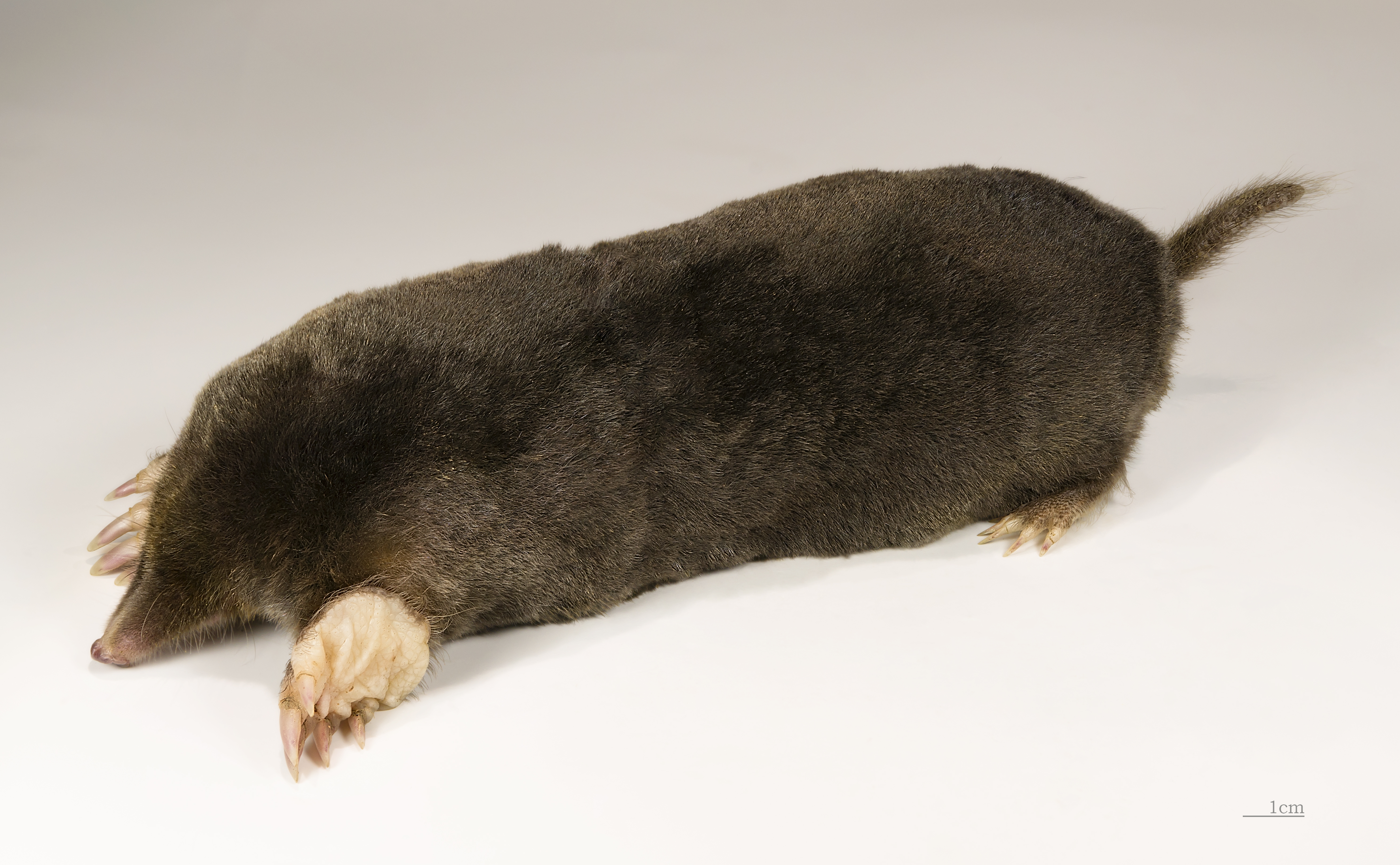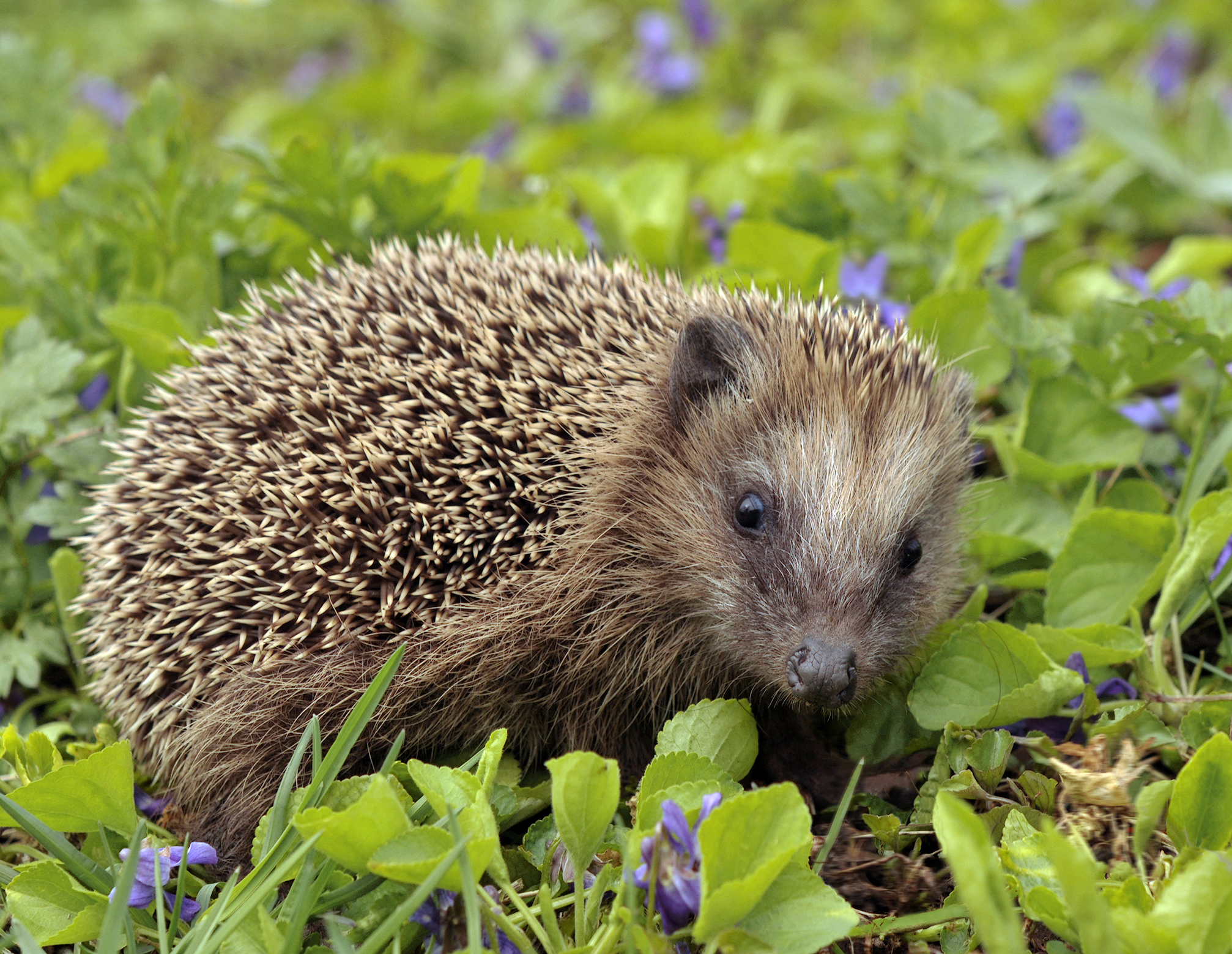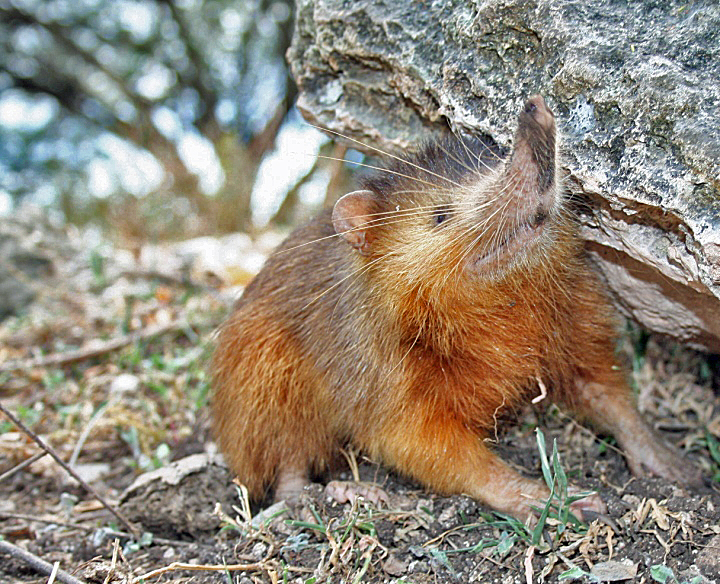eulipotyphla on:
[Wikipedia]
[Google]
[Amazon]
Eulipotyphla (, which means "truly fat and blind") is an order of



 * Order Eulipotyphla (= 'Lipotyphla' - Afrosoricida = 'Erinaceomorpha' + 'Soricomorpha')
** Family
* Order Eulipotyphla (= 'Lipotyphla' - Afrosoricida = 'Erinaceomorpha' + 'Soricomorpha')
** Family
mammals
Mammals () are a group of vertebrate animals constituting the class Mammalia (), characterized by the presence of mammary glands which in females produce milk for feeding (nursing) their young, a neocortex (a region of the brain), fur or ...
suggested by molecular methods of phylogenetic
In biology, phylogenetics (; from Greek φυλή/ φῦλον [] "tribe, clan, race", and wikt:γενετικός, γενετικός [] "origin, source, birth") is the study of the evolutionary history and relationships among or within groups o ...
reconstruction, which includes the laurasiatheria
Laurasiatheria ("laurasian beasts") is a superorder of placental mammals that groups together true insectivores ( eulipotyphlans), bats ( chiropterans), carnivorans, pangolins ( pholidotes), even-toed ungulates (artiodactyls), odd-toed ungulates ...
n members of the now-invalid polyphyletic
A polyphyletic group is an assemblage of organisms or other evolving elements that is of mixed evolutionary origin. The term is often applied to groups that share similar features known as homoplasies, which are explained as a result of converg ...
order Lipotyphla
Lipotyphla is a formerly used order (biology), order of mammals, including the members of the order Eulipotyphla (i.e. the solenodons, family Solenodontidae; hedgehogs and gymnures, family Erinaceidae; desmans, moles, and shrew-like moles, family T ...
, but not the afrotheria
Afrotheria ( from Latin ''Afro-'' "of Africa" + ''theria'' "wild beast") is a clade of mammals, the living members of which belong to groups that are either currently living in Africa or of African origin: golden moles, elephant shrews (also know ...
n members (tenrecs, golden moles, and otter shrews, now in their own order Afrosoricida
The order Afrosoricida (a Latin-Greek compound name which means "looking like African shrews") contains the golden moles of Southern Africa, the otter shrews of equatorial Africa and the tenrecs of Madagascar. These three families of small mamma ...
).
Eulipotyphla comprises the hedgehog
A hedgehog is a spiny mammal of the subfamily Erinaceinae, in the eulipotyphlan family Erinaceidae. There are seventeen species of hedgehog in five genera found throughout parts of Europe, Asia, and Africa, and in New Zealand by introducti ...
s and gymnure
Gymnures, also called hairy hedgehogs or moonrats, are mammals belonging to the subfamily Galericinae, in the family Erinaceidae and the order Eulipotyphla. Gymnures resemble rats but are not closely related as they are not rodents; they are ...
s (family Erinaceidae
Erinaceidae is a family in the order Eulipotyphla, consisting of the hedgehogs and moonrats. Until recently, it was assigned to the order Erinaceomorpha, which has been subsumed with the paraphyletic Soricomorpha into Eulipotyphla. Eulipotyphla ...
, formerly also the order Erinaceomorpha
Erinaceidae is a family in the order Eulipotyphla, consisting of the hedgehogs and moonrats. Until recently, it was assigned to the order Erinaceomorpha, which has been subsumed with the paraphyletic Soricomorpha into Eulipotyphla. Eulipotyph ...
), solenodon
Solenodons (from el, τέλειος , 'channel' or 'pipe' and el, ὀδούς , 'tooth') are venomous, nocturnal, burrowing, insectivorous mammals belonging to the family Solenodontidae . The two living solenodon species are the Cuban solen ...
s (family Solenodontidae), the desman
The desman, a snouted and naked-tailed diving insectivore of the tribe Desmanini (also considered a subfamily, Desmaninae), belongs to one of two Eurasian species of the mole family, Talpidae.
This tribe consists of two monotypic genera of sem ...
s, mole
Mole (or Molé) may refer to:
Animals
* Mole (animal) or "true mole", mammals in the family Talpidae, found in Eurasia and North America
* Golden moles, southern African mammals in the family Chrysochloridae, similar to but unrelated to Talpida ...
s, and shrew-like moles (family Talpidae
The family Talpidae () includes the moles (some of whom are called shrew moles and desmans) who are small insectivorous mammals of the order Eulipotyphla. Talpids are all digging animals to various degrees: moles are completely subterranean ...
) and true shrew
Shrews (family Soricidae) are small mole-like mammals classified in the order Eulipotyphla. True shrews are not to be confused with treeshrews, otter shrews, elephant shrews, West Indies shrews, or marsupial shrews, which belong to different fa ...
s (family Soricidae). True shrews, talpids and solenodons were formerly grouped in Soricomorpha
Soricomorpha (from Greek "shrew-form") is a formerly used taxon within the class of mammals. In the past it formed a significant group within the former order Insectivora. However, Insectivora was shown to be polyphyletic and various new orders ...
; however, Soricomorpha has been found to be paraphyletic
In taxonomy (general), taxonomy, a group is paraphyletic if it consists of the group's most recent common ancestor, last common ancestor and most of its descendants, excluding a few Monophyly, monophyletic subgroups. The group is said to be pa ...
, since erinaceids are the sister group
In phylogenetics, a sister group or sister taxon, also called an adelphotaxon, comprises the closest relative(s) of another given unit in an evolutionary tree.
Definition
The expression is most easily illustrated by a cladogram:
Taxon A and t ...
of shrews, and they are more closely linked to the Carnivora
Carnivora is a Clade, monophyletic order of Placentalia, placental mammals consisting of the most recent common ancestor of all felidae, cat-like and canidae, dog-like animals, and all descendants of that ancestor. Members of this group are f ...
order; (such as cat
The cat (''Felis catus'') is a domestic species of small carnivorous mammal. It is the only domesticated species in the family Felidae and is commonly referred to as the domestic cat or house cat to distinguish it from the wild members of ...
s, dog
The dog (''Canis familiaris'' or ''Canis lupus familiaris'') is a domesticated descendant of the wolf. Also called the domestic dog, it is derived from the extinct Pleistocene wolf, and the modern wolf is the dog's nearest living relative. Do ...
s, bear
Bears are carnivoran mammals of the family Ursidae. They are classified as caniforms, or doglike carnivorans. Although only eight species of bears are extant, they are widespread, appearing in a wide variety of habitats throughout the Nor ...
s, skunk
Skunks are mammals in the family Mephitidae. They are known for their ability to spray a liquid with a strong, unpleasant scent from their anal glands. Different species of skunk vary in appearance from black-and-white to brown, cream or ginge ...
s, badger
Badgers are short-legged omnivores in the family Mustelidae (which also includes the otters, wolverines, martens, minks, polecats, weasels, and ferrets). Badgers are a polyphyletic rather than a natural taxonomic grouping, being united b ...
s, etc.).
It is the sister clade of Scrotifera
Scrotifera ("beasts with scrotum") is a clade of placental mammals that groups together grandorder Ferungulata, clade Apo-Chiroptera (aka order Chiroptera), other extinct members and their common ancestors. The clade Scrotifera is a sister gr ...
; together, they make up Laurasiatheria
Laurasiatheria ("laurasian beasts") is a superorder of placental mammals that groups together true insectivores ( eulipotyphlans), bats ( chiropterans), carnivorans, pangolins ( pholidotes), even-toed ungulates (artiodactyls), odd-toed ungulates ...
.
Classification



 * Order Eulipotyphla (= 'Lipotyphla' - Afrosoricida = 'Erinaceomorpha' + 'Soricomorpha')
** Family
* Order Eulipotyphla (= 'Lipotyphla' - Afrosoricida = 'Erinaceomorpha' + 'Soricomorpha')
** Family Erinaceidae
Erinaceidae is a family in the order Eulipotyphla, consisting of the hedgehogs and moonrats. Until recently, it was assigned to the order Erinaceomorpha, which has been subsumed with the paraphyletic Soricomorpha into Eulipotyphla. Eulipotyphla ...
*** Subfamily Erinaceinae
A hedgehog is a spiny mammal of the subfamily Erinaceinae, in the eulipotyphlan family Erinaceidae. There are seventeen species of hedgehog in five genera found throughout parts of Europe, Asia, and Africa, and in New Zealand by introduc ...
: hedgehogs
*** Subfamily Galericinae
Gymnures, also called hairy hedgehogs or moonrats, are mammals belonging to the subfamily Galericinae, in the family Erinaceidae and the order Eulipotyphla. Gymnures resemble rats but are not closely related as they are not rodents; they are i ...
: gymnures or moonrats
** Family Soricidae
*** Subfamily Crocidurinae
The white-toothed shrews or Crocidurinae are one of three subfamilies of the shrew family Soricidae.
The outer layer of these shrews' teeth is white, unlike that of the red-toothed shrews. These species are typically found in Africa and souther ...
: white-toothed shrews
*** Subfamily Soricinae
The red-toothed shrews of the subfamily Soricinae are one of three living subfamilies of shrews, along with Crocidurinae (white-toothed shrews) and Myosoricinae (African white-toothed shrews). In addition, the family contains the extinct subfamil ...
: red-toothed shrews
*** Subfamily Myosoricinae
According to the current taxonomy, the Myosoricinae are a subfamily of shrews. As such, they form one of three main types of shrews, the other two being the red-toothed shrews and the white-toothed shrews. They are the only one of the three to ...
: African white-toothed shrews
** Family Talpidae
The family Talpidae () includes the moles (some of whom are called shrew moles and desmans) who are small insectivorous mammals of the order Eulipotyphla. Talpids are all digging animals to various degrees: moles are completely subterranean ...
*** Subfamily Talpinae
The subfamily Talpinae, sometimes called "Old World moles" or "Old World moles and relatives", is one of three subfamilies of the mole family Talpidae, the others being the Scalopinae, or New World moles, and the Uropsilinae, or shrew-like moles. ...
: Old World moles and desmans
*** Subfamily Scalopinae
The Scalopinae, or New World moles, are one of three subfamilies of the family Talpidae, which consists of moles and mole-like animals; the other two subfamilies being the Old World talpids (the Talpinae) and the Chinese shrew-like moles (Uropsil ...
: New World moles
*** Subfamily Uropsilinae
The shrew moles or shrew-like moles (''Uropsilus'') are shrew-like members of Talpidae, the mole family of mammals endemic to the forested, high-alpine region bordering China, Myanmar, and Vietnam. They possess a long snout, a long slender tail, ...
: shrew-like moles
** Family Solenodontidae
Solenodons (from el, τέλειος , 'channel' or 'pipe' and el, ὀδούς , 'tooth') are venomous, nocturnal, burrowing, insectivorous mammals belonging to the family Solenodontidae . The two living solenodon species are the Cuban solen ...
: solenodons
**† Family Nesophontidae
''Nesophontes'', sometimes called West Indies shrews, is the sole genus of the extinct, monotypic mammal family Nesophontidae in the order Eulipotyphla. These animals were small insectivores, about 5 to 15 cm long, with a long slender snout ...
: extinct West Indian shrews
**† Family Amphilemuridae
The Amphilemuridae are a family of extinct mammals belonging to the order Eulipotyphla, from the Eocene
The Eocene ( ) Epoch is a geological epoch that lasted from about 56 to 33.9 million years ago (mya). It is the second epoch of the Paleog ...
**† Family Nyctitheriidae
Nyctitheriidae is a family of extinct eulipotyphlan insectivores known from the Paleocene and Eocene epochs of North America and Asia and persisting into the Oligocene of Europe. Several genera, including '' Nyctitherium'', '' Paradoxonycteris' ...
**† Family Plesiosoricidae
Family-level cladogram of modern eulipotyphlan relationships, following Roca et al. and Brace et al.:
The upper and lower basal subclades within the tree are the suborders Solenodonota and Erinaceota, respectively. These two branches are estimated to have split ~72-74 million years ( Ma) ago. The Nesophontidae and Solenodontidae are thought to have separated roughly 57 Ma ago. Split times for talpids vs. soricids plus erinaceids, and for soricids vs. erinaceids, have been estimated at around 69 Ma and 64 Ma ago, respectively.
Notes
References
Mammal orders Extant Paleocene first appearances {{Mammal-stub